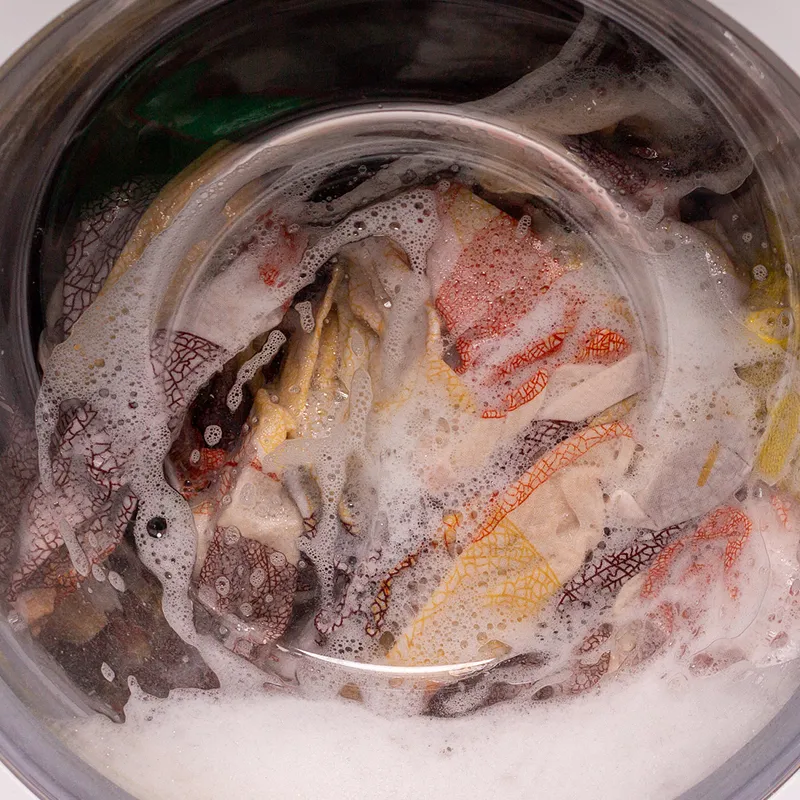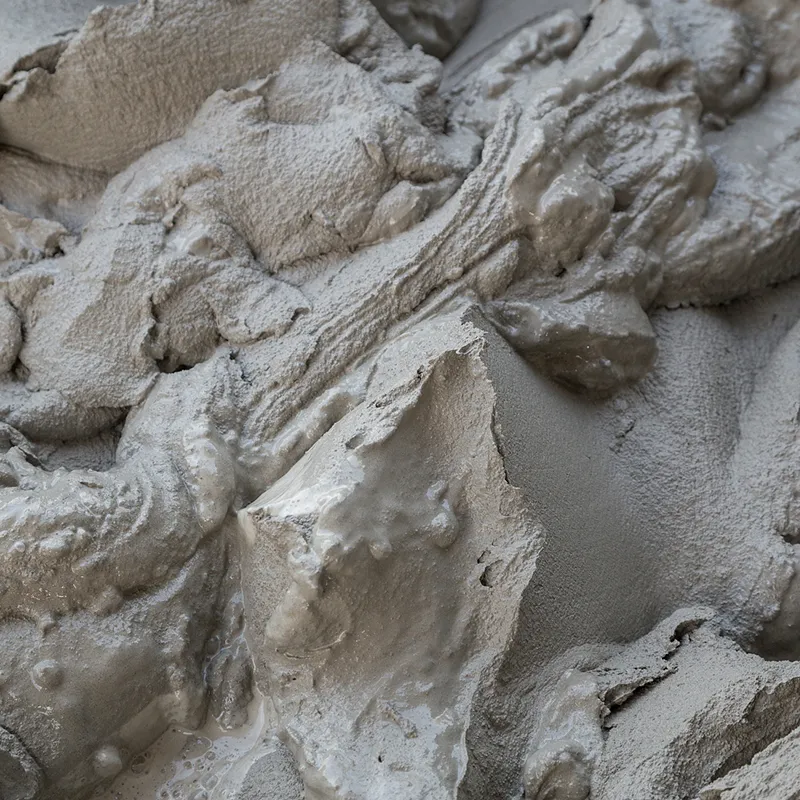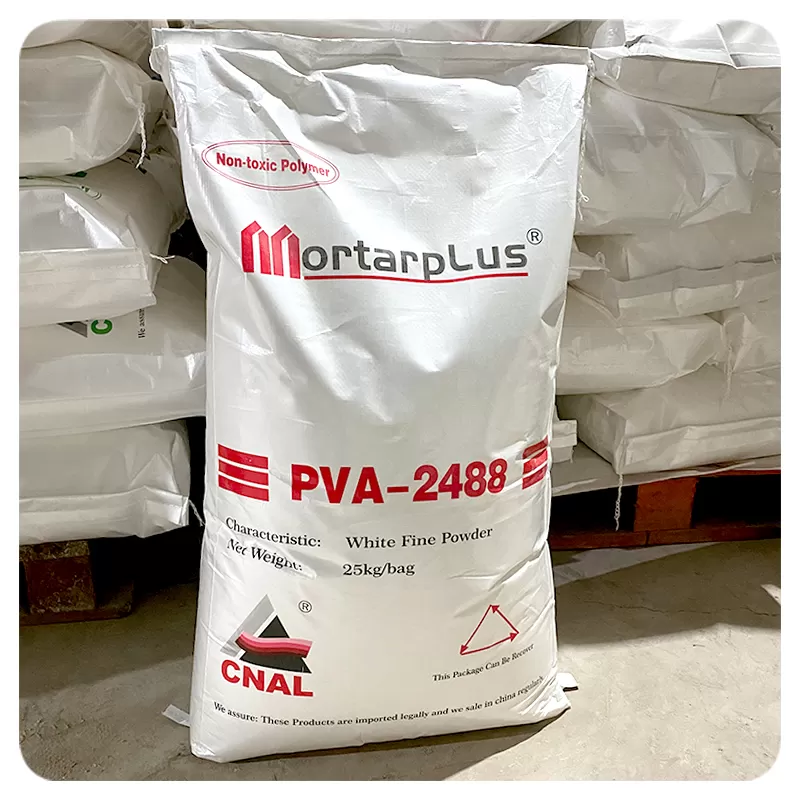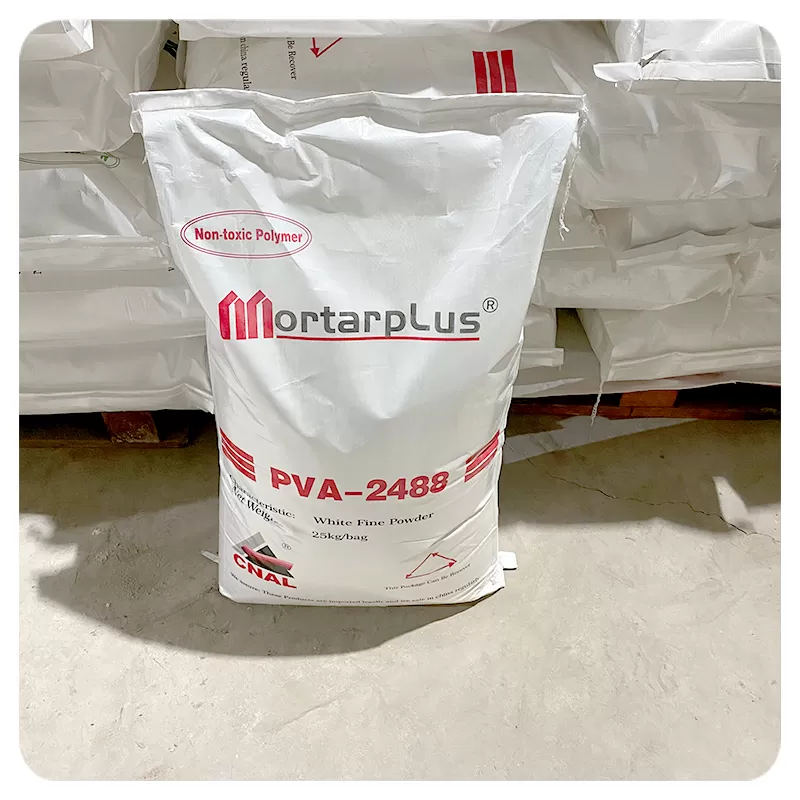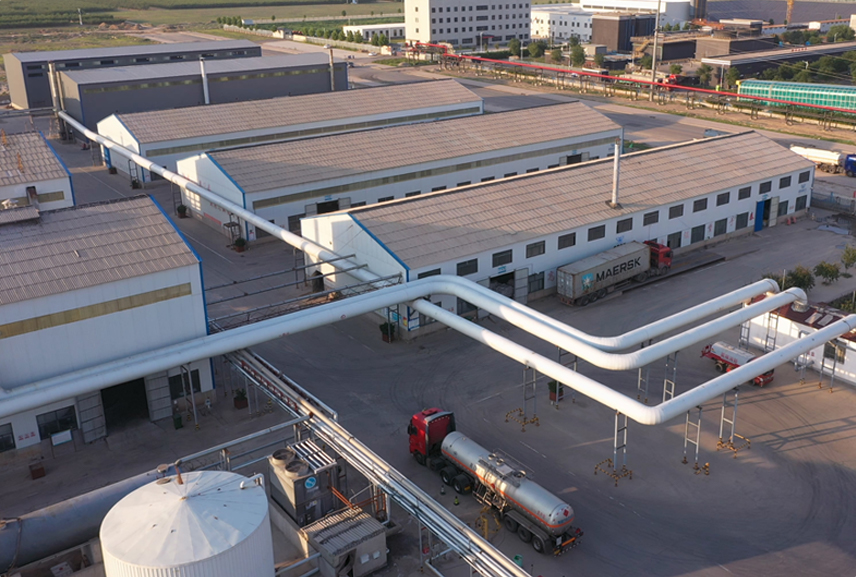• Adhesives and Sealants: PVA 2488 powder serves as a key component in formulating water-based adhesives and sealants, offering excellent bonding strength and durability.
• Paper and Packaging: With its film-forming capabilities, PVA 2488 enhances paper strength, printability, and surface smoothness. It also acts as a binder in paper coatings and provides excellent barrier properties for packaging materials.
• Textiles: PVA 2488 from Haoshuo acts as a textile sizing agent, improving the weaving process and imparting desirable properties like wrinkle resistance, dimensional stability, and ease of handling.
• Construction: PVA 2488 CAS 9002-89-5 is widely used in cement and mortar formulations to enhance workability, adhesion, and durability. It also serves as a key component in tile adhesives and self-leveling compounds.
• Personal Care and Cosmetics: PVA 2488 finds application in hair care products, such as hair sprays and styling gels, providing long-lasting hold and flexibility without leaving residues.
• Pharmaceuticals: PVA 2488 CAS 9002-89-5 acts as a binder, disintegrant, and film former in pharmaceutical tablets and capsules, facilitating controlled release and improving drug stability.











